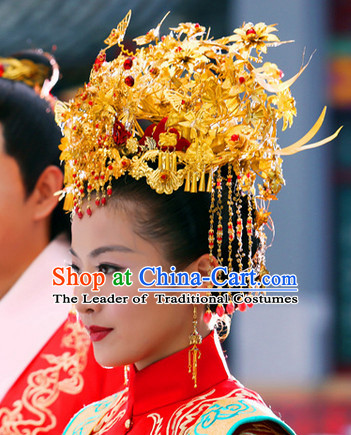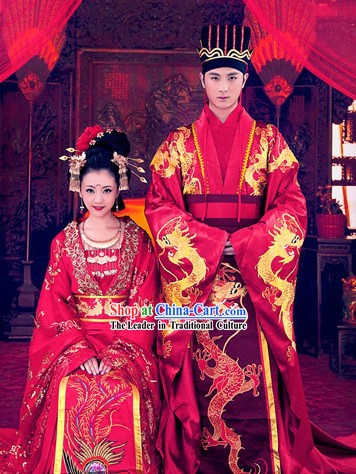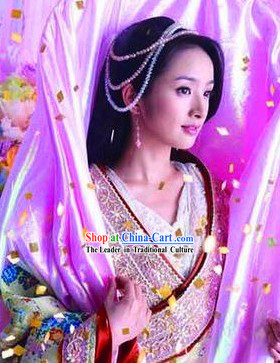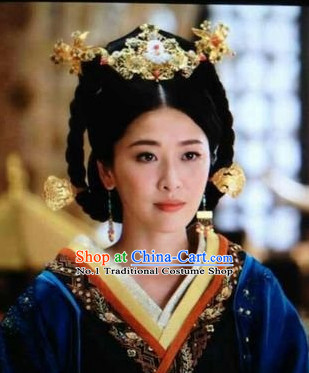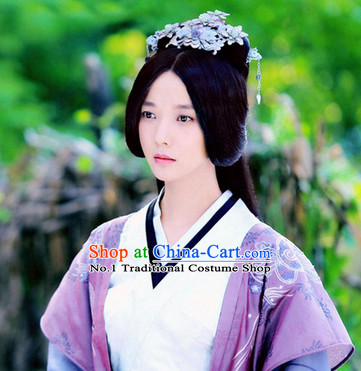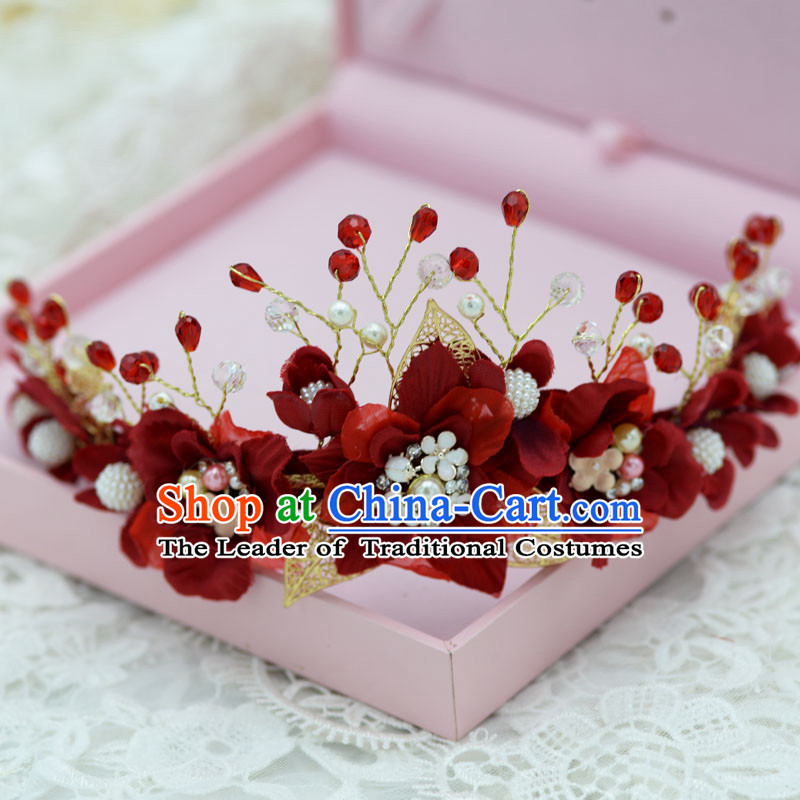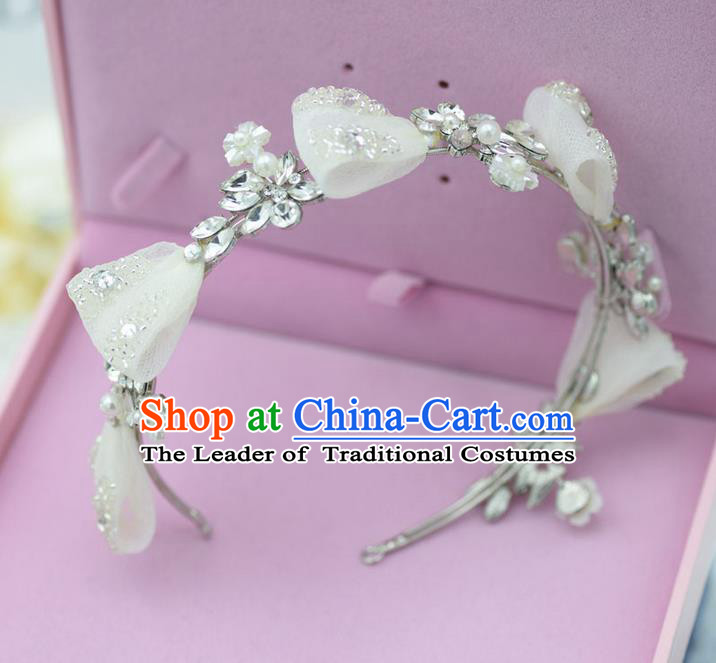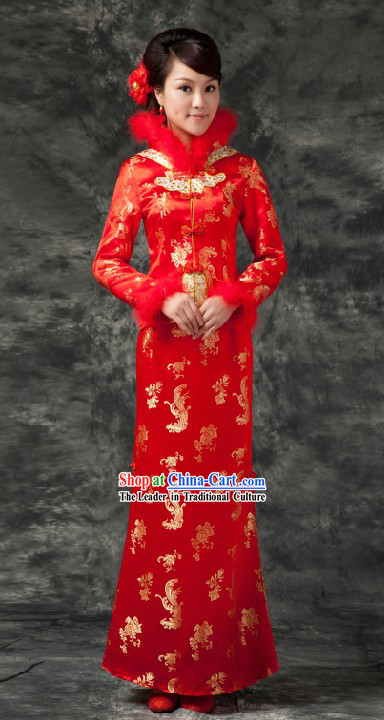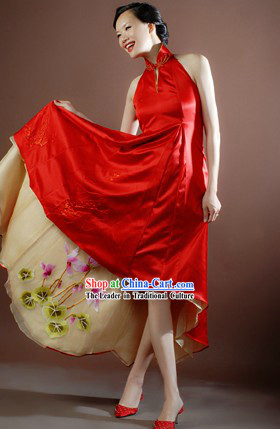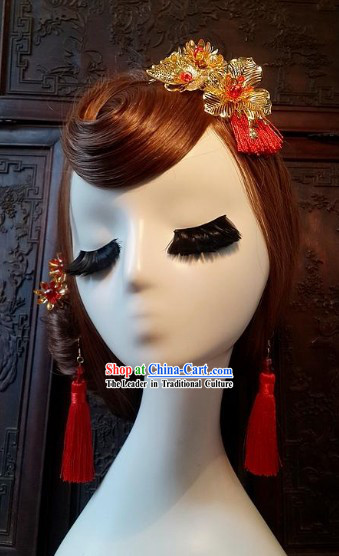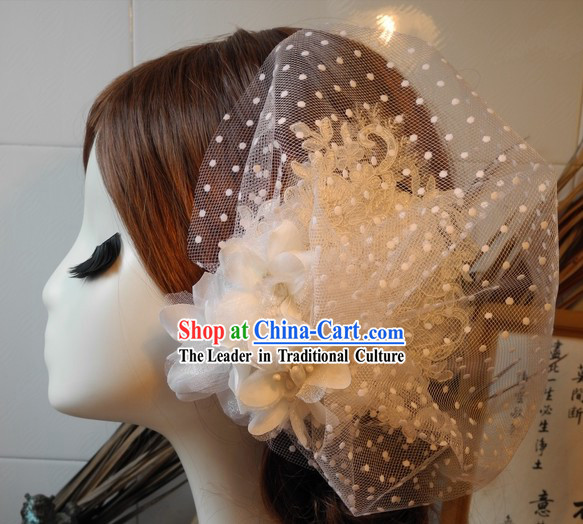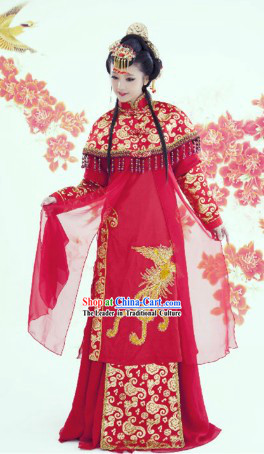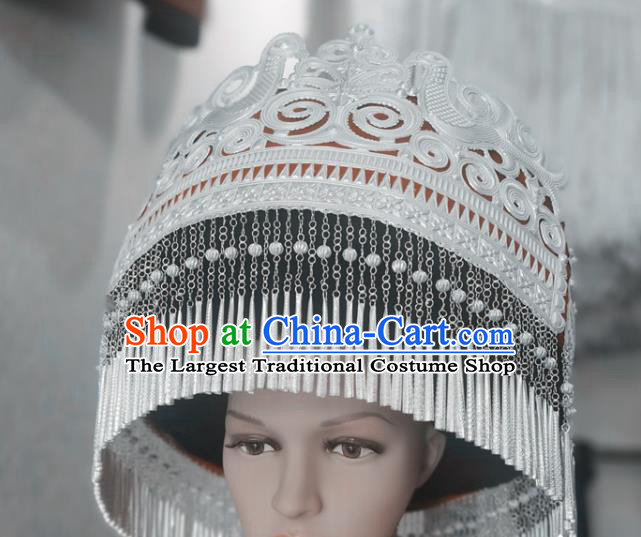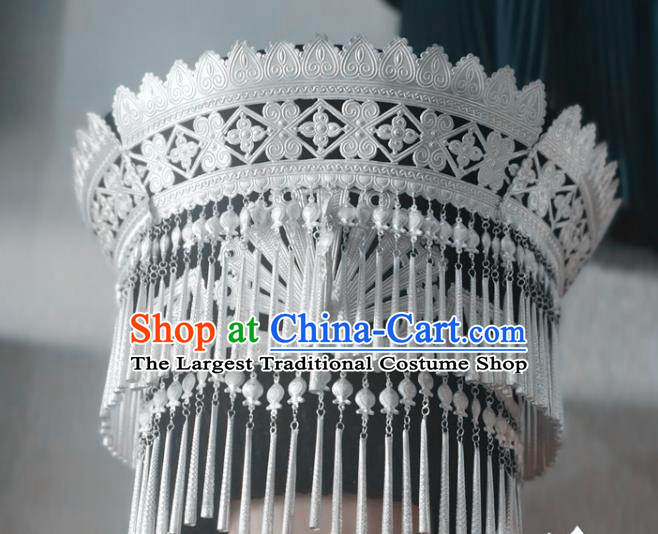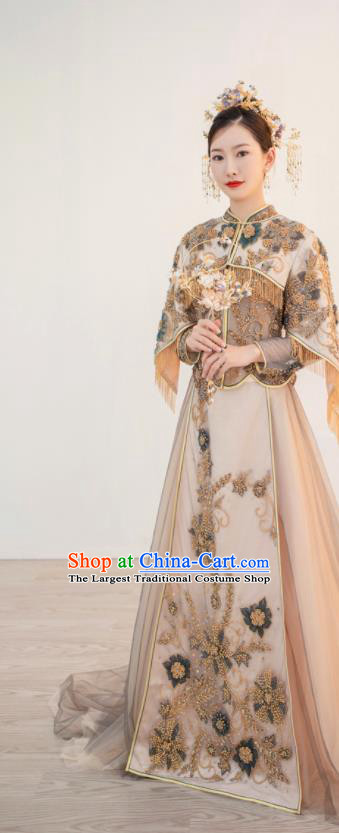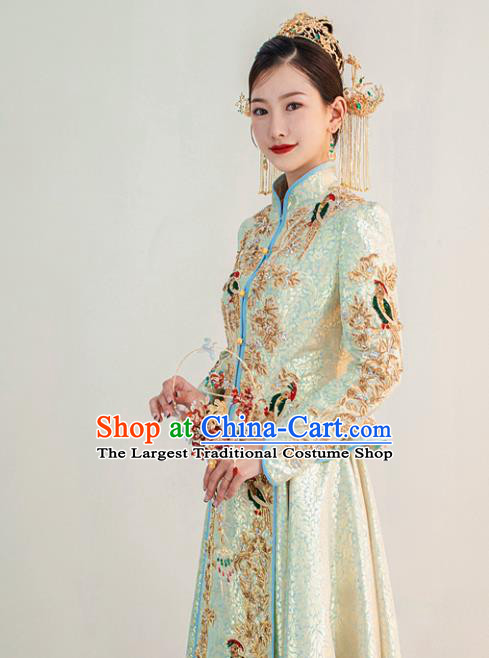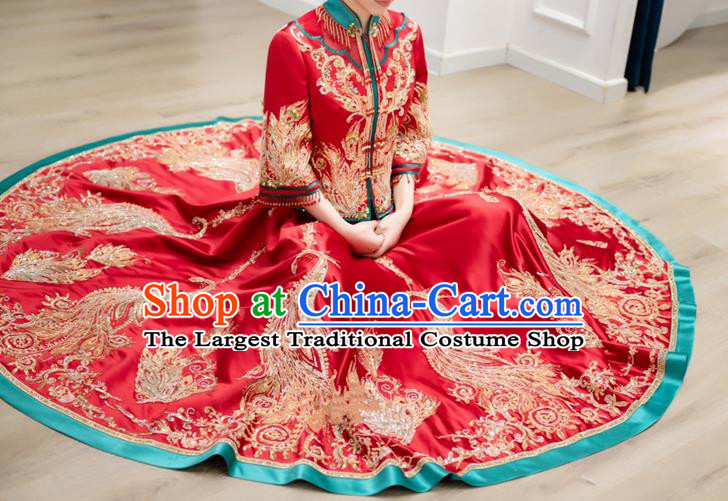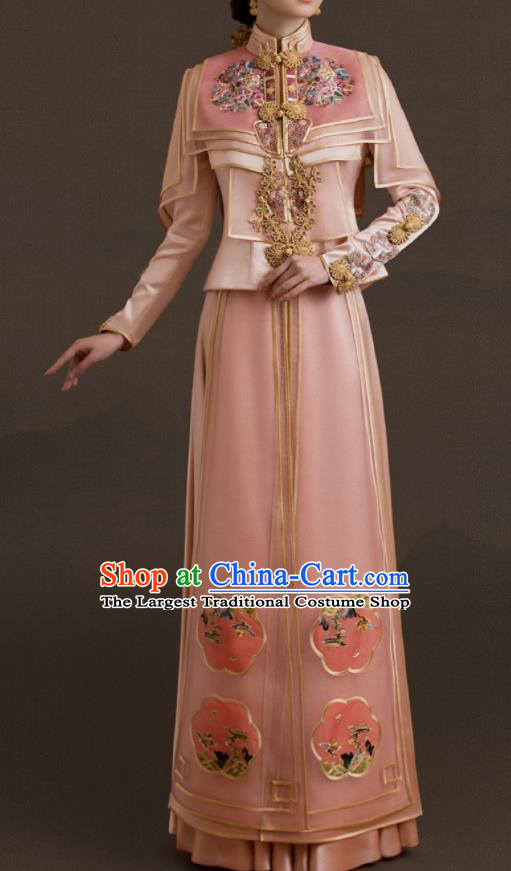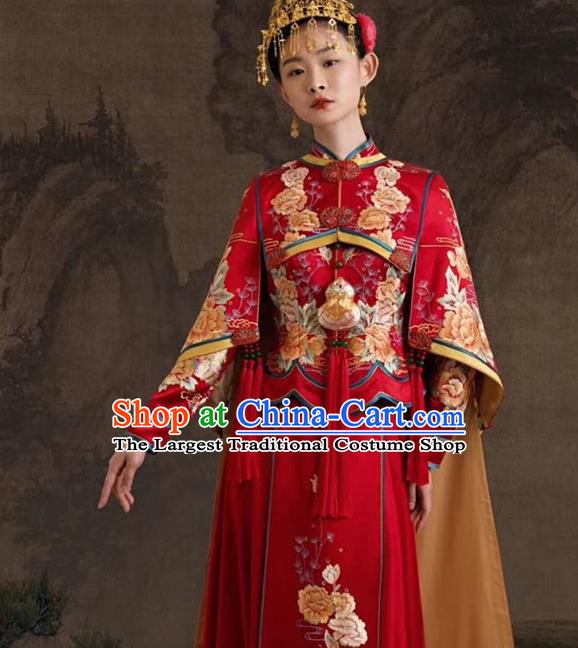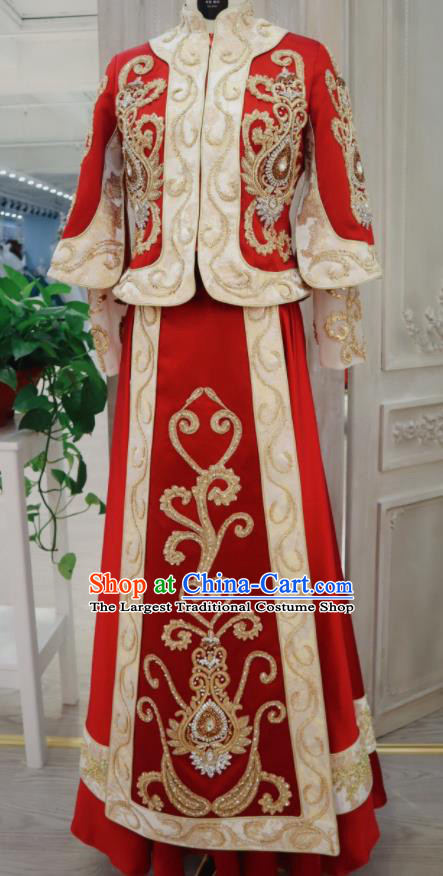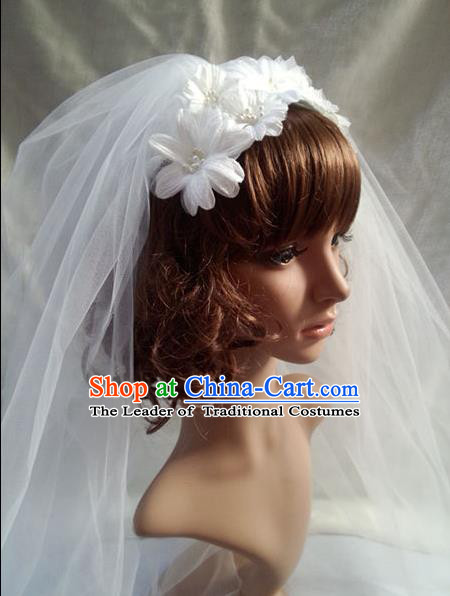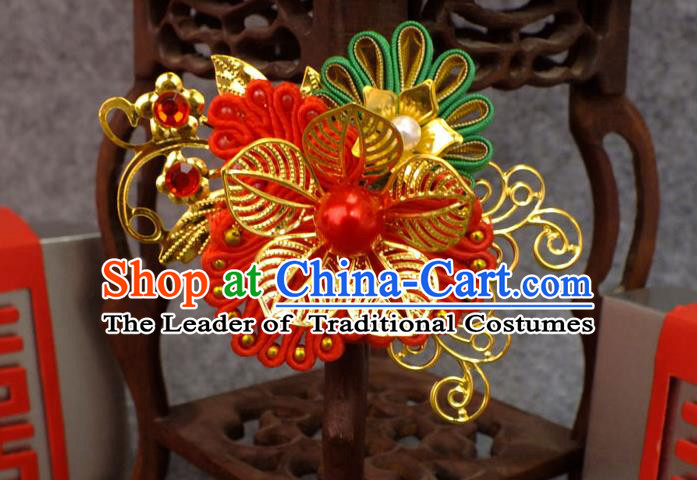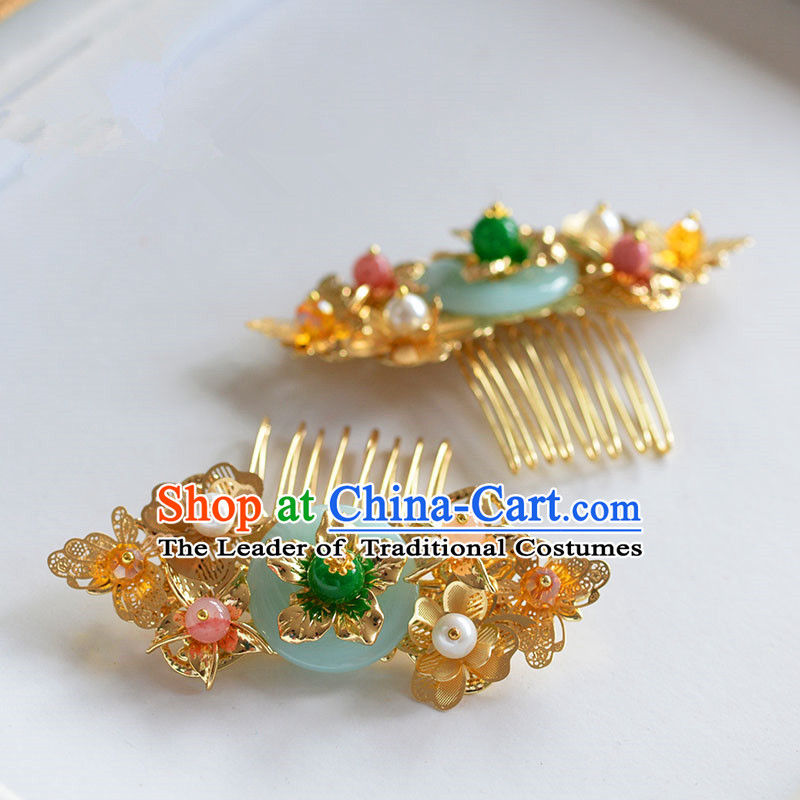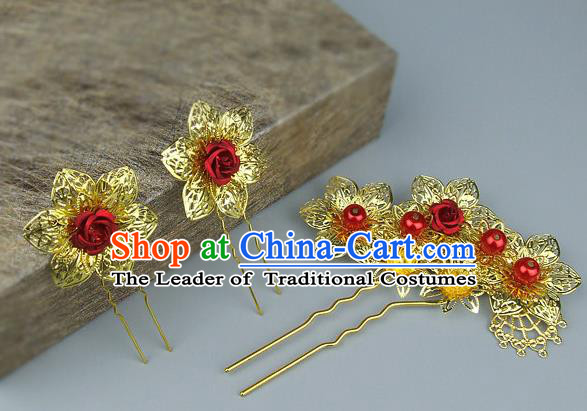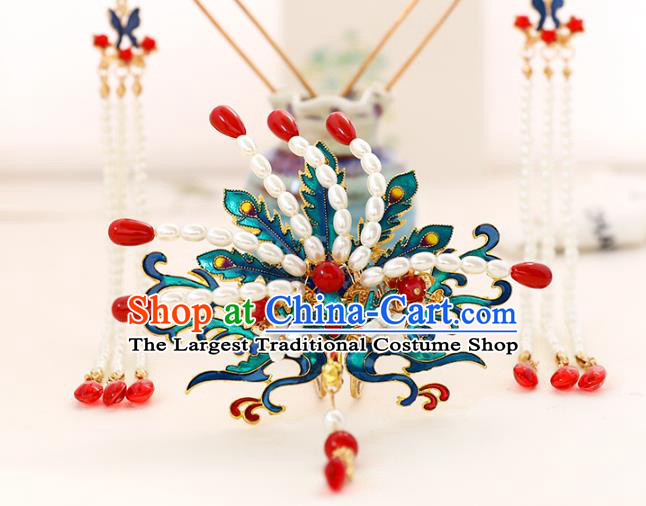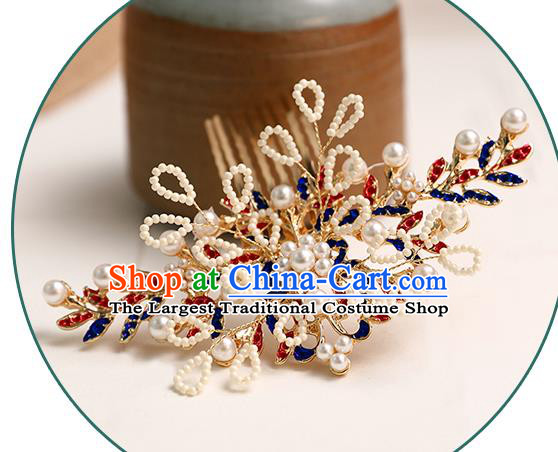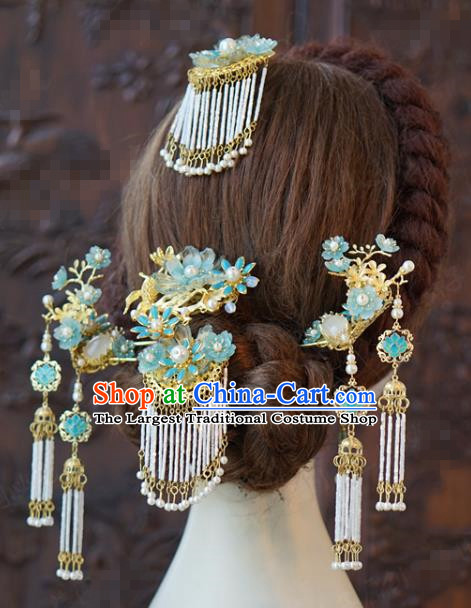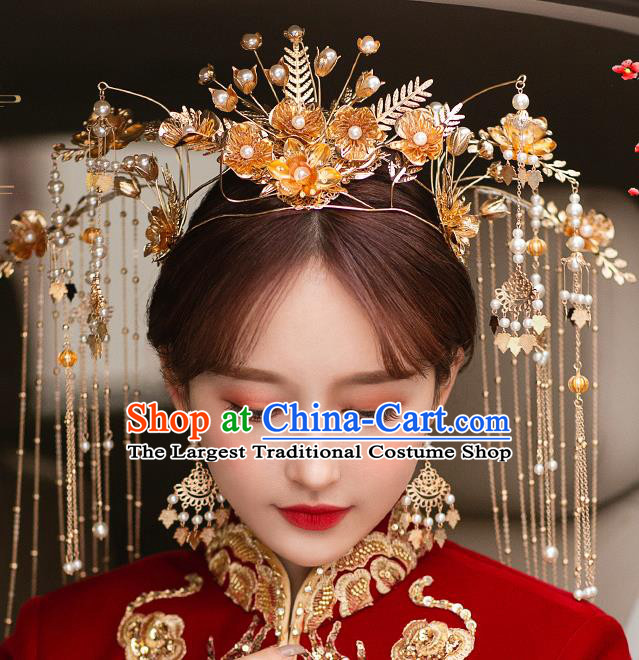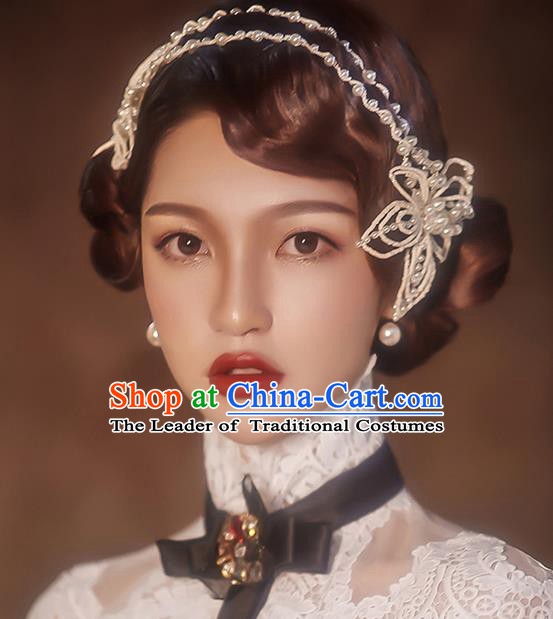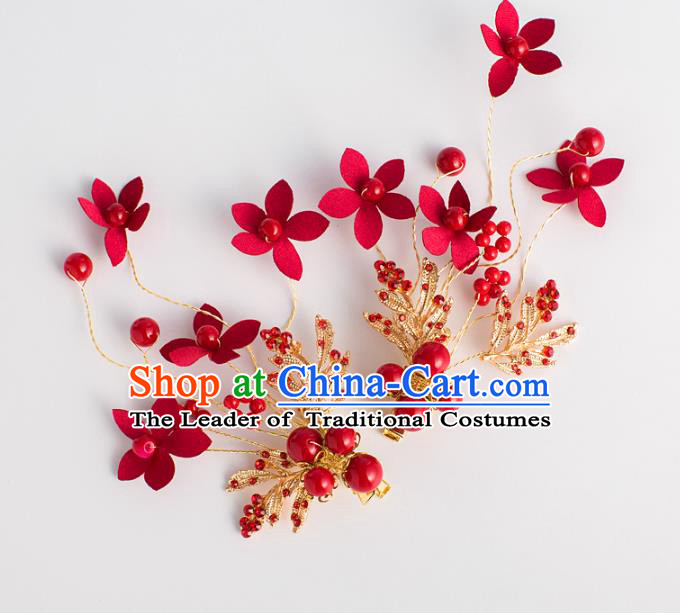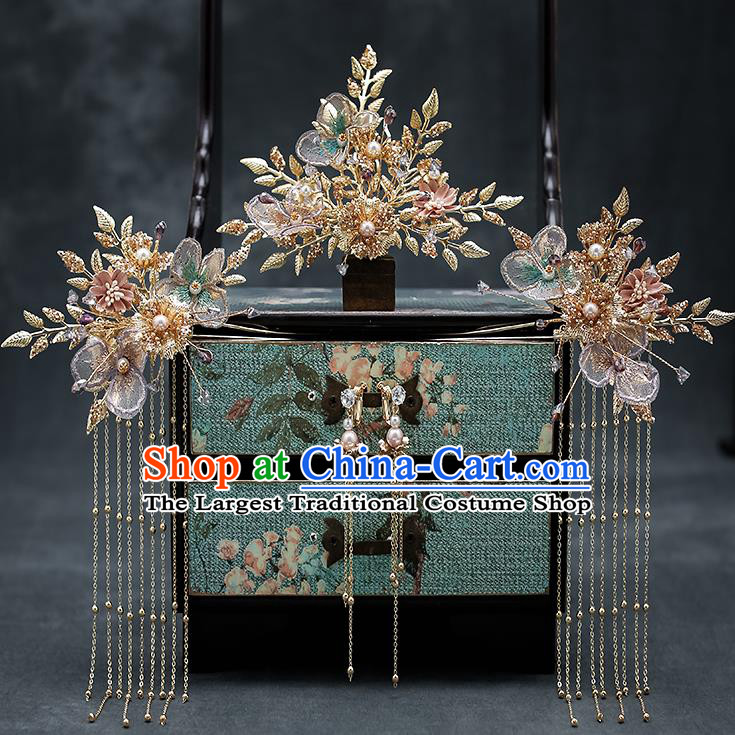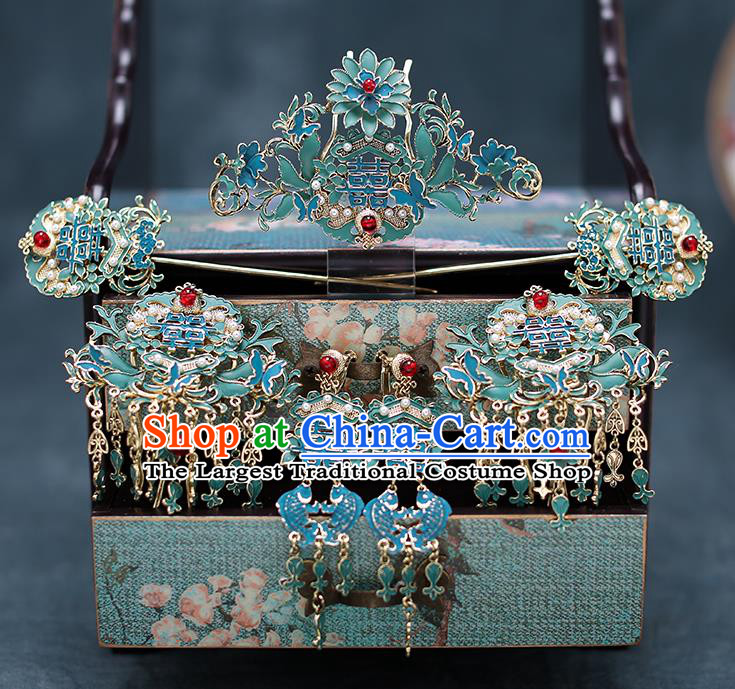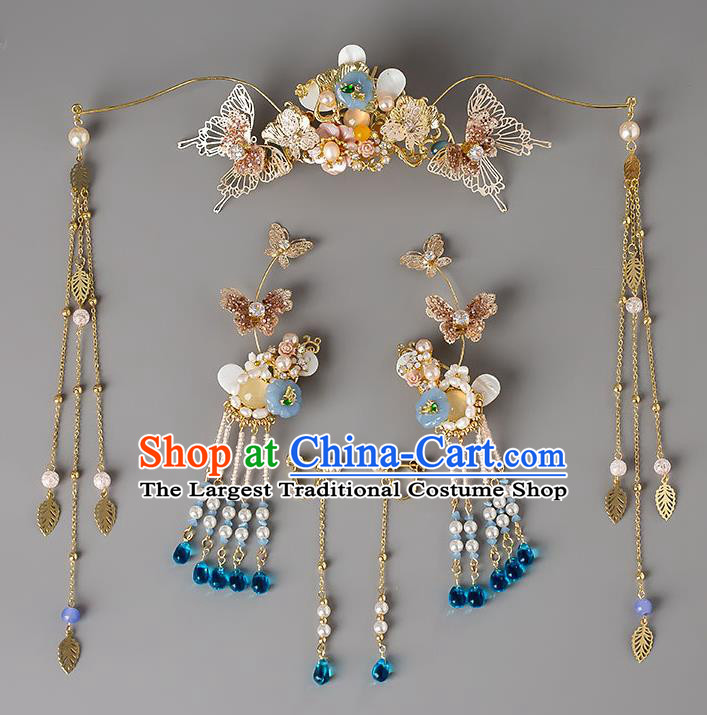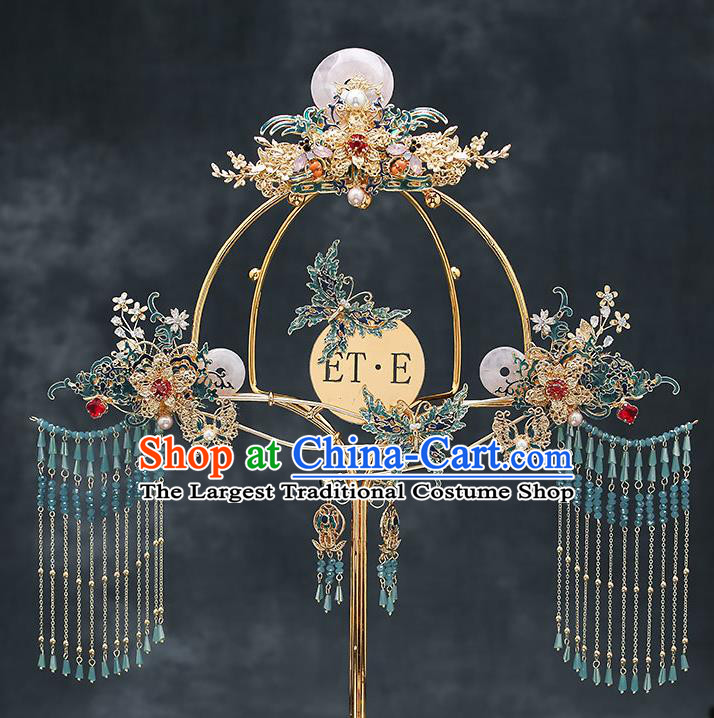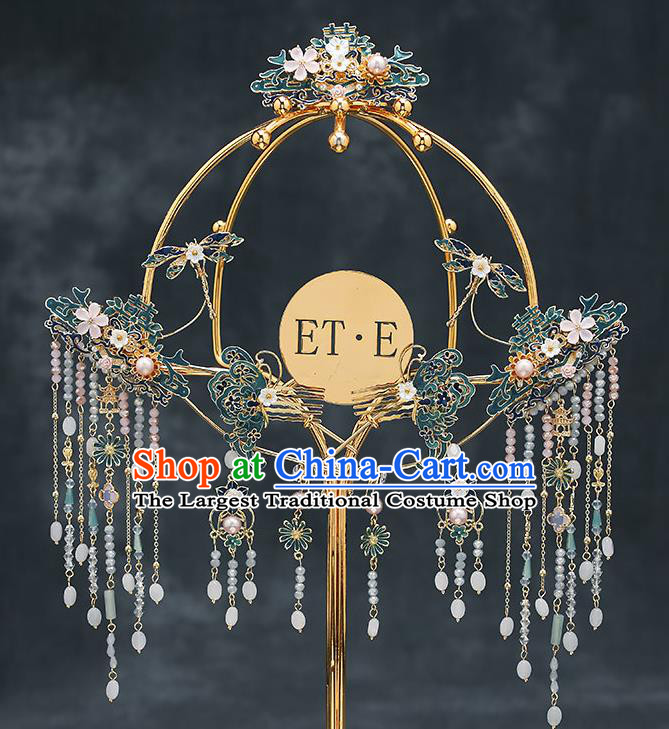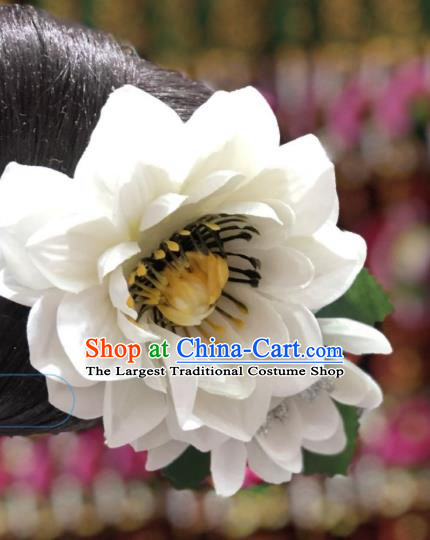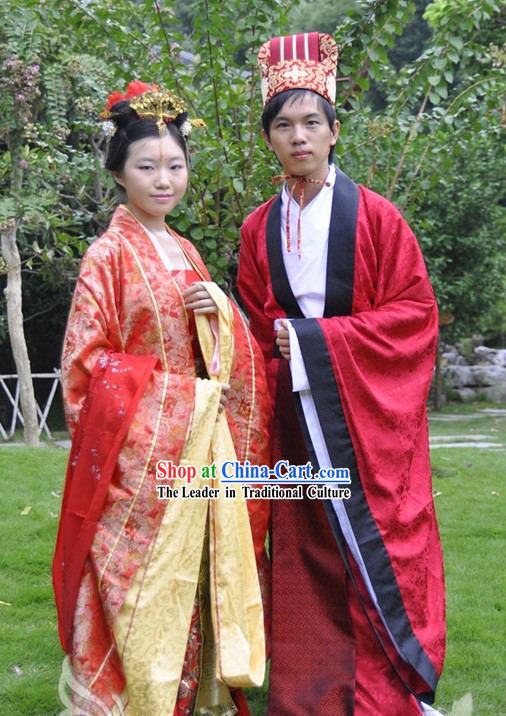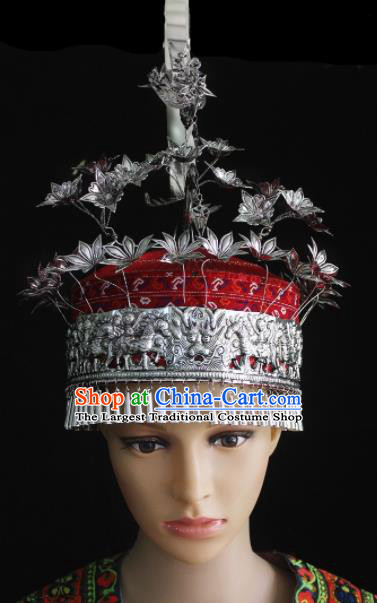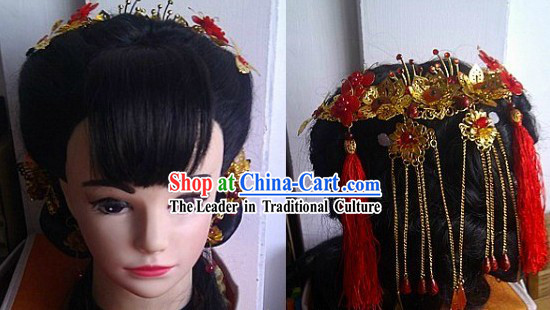
Click Related Pictures for More Audios:
In traditional Chinese weddings, the bride's hair accessories play a significant role.
These accessories not only represent the bride's beauty and elegance but also carry rich cultural connotations and historical significance.
They are usually made of precious materials such as gold, silver, and jade, with exquisite designs that symbolize good fortune and happiness.
The bride's hair accessories include hairpins, hair combs, and hair clips, each with its unique symbolic meaning.
For example, hairpins represent the stability and happiness of marriage, while hair combs symbolize mutual support and care between couples.
These accessories are not only decorative items for the bride but also symbols of her status and position.
In ancient times, the bride's hair accessories had deeper cultural implications.
For instance, the "phoenix crown and rosy pallium" in Tang Dynasty were headpins and veils with phoenix patterns, symbolizing the bride's beauty and nobility.
Meanwhile, the "golden hairpin and flower-shaped pin" in Song Dynasty were hair accessories featuring golden hairpins and flower-shaped pins, symbolizing the bride's youthfulness and beauty.
These accessories not only reflected the aesthetic values and cultural traditions of their time but also became an essential part of traditional Chinese culture.
Today, although the form of modern weddings has undergone significant changes, the bride's hair accessories still retain traditional elements and meanings.
They are not only symbols of the bride's beauty but also a continuation and inheritance of traditional culture.


